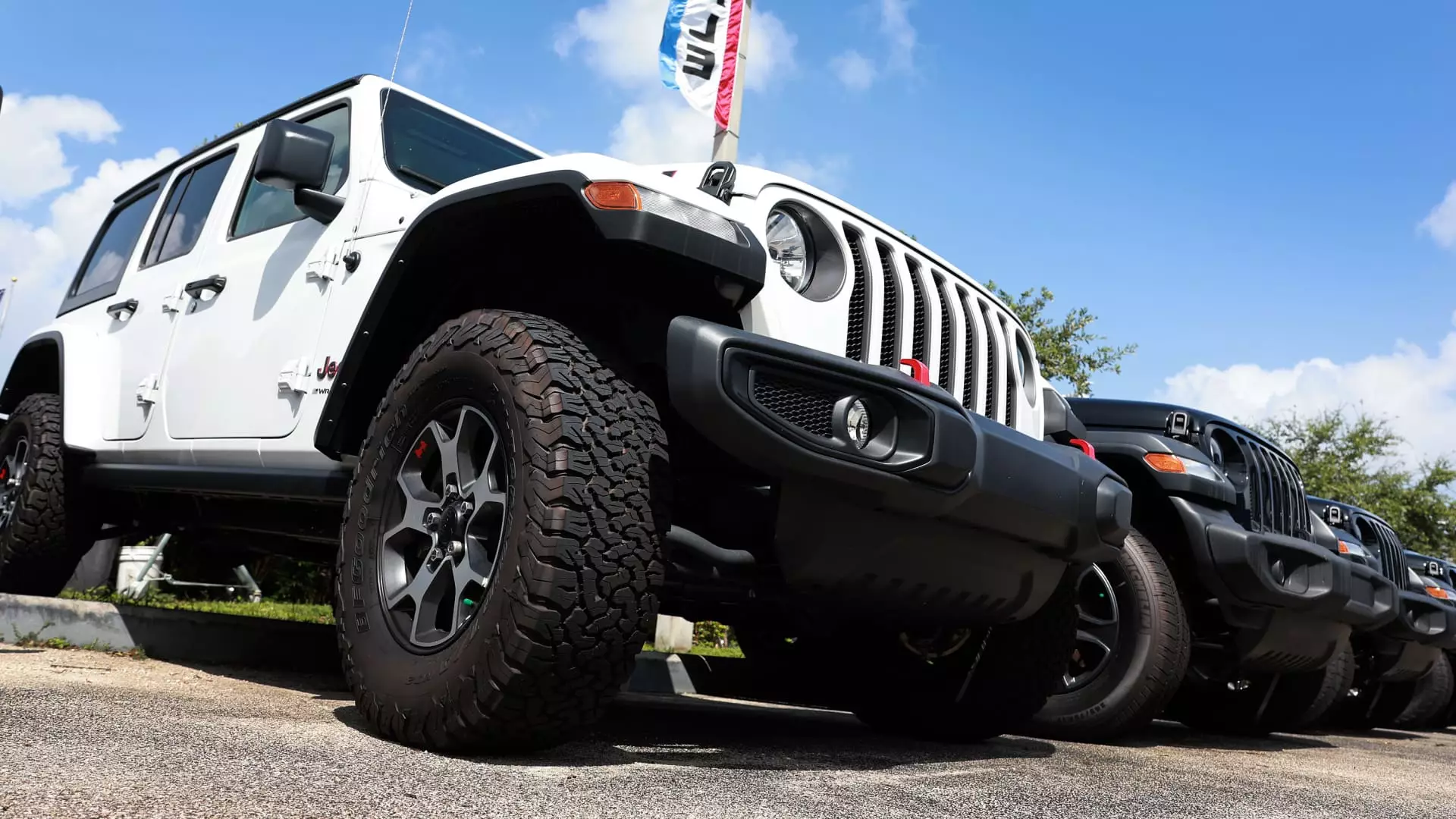The automotive industry in the United States is experiencing significant fluctuations in vehicle sales due to various economic and political factors. As we approach the final quarter of 2024, industry analysts indicate that the new vehicle market is grappling with challenges that are likely to hinder sales growth. This article delves into the current state of vehicle sales, the implications of economic conditions, and the emerging trends in electric vehicles.
According to projections from industry leaders such as Cox Automotive and Edmunds.com, new vehicle sales are anticipated to see a downturn of approximately 2% in the third quarter of 2024, with an estimated 3.9 million vehicles sold. This marks a notable decline of about 5% compared to the previous quarter. Several factors contribute to this anticipated slump, chiefly the ongoing economic volatility that has been exacerbated by high interest rates and rising vehicle prices. While the Federal Reserve’s latest rate cuts have been received positively, they do not automatically translate into heightened consumer enthusiasm or an increase in vehicle purchases.
Analyst Charlie Chesbrough from Cox Automotive underscores that 2024 has been a turbulent year for the automotive sector, and this instability is projected to persist into the fourth quarter. One of the most significant barriers to a robust market remains affordability. Even though there are signs of improvement in this area, the high average transaction price of new vehicles, which currently hovers around $47,870, is a deterrent for many prospective buyers. Ultimately, this poses a critical question: who exactly has the financial ability to invest in a new car?
Jessica Caldwell, head of insights at Edmunds, highlights the primary issue plaguing the current market: the exorbitant costs associated with purchasing new vehicles. The staggering average financing amount of $40,000 for a new car creates a narrow segment of buyers capable of entering the market. This shrinking pool of potential customers underscores the need for automakers to reconsider their pricing strategies in an effort to attract a broader audience.
With some companies, like Honda and Ford, still expected to report growth despite these challenges, others such as Stellantis, Toyota, and BMW are poised to experience significant sales declines. Stellantis, in particular, is forecasting a staggering 21% drop in third-quarter sales compared to the previous year. This situation highlights the delicate balance that manufacturers must maintain between profitability and market share, especially amidst heightened competition and changing consumer expectations.
Despite the challenges faced by traditional auto sales, the electric vehicle (EV) sector is witnessing a growing trend. Cox predicts an 8% increase in EV sales during the third quarter of 2024 compared to the same period last year, even as Tesla, the U.S. leader in this segment, is expected to see a decrease in its overall sales. It appears that the EV market is increasingly supported by federal incentives, expanding affordability for consumers.
With EV purchase incentives such as a potential $7,500 federal credit, the current average incentives offered for electric vehicles have significantly surpassed those for conventional vehicles. Data indicate that incentives may represent up to 13.3% of the average transaction price for EVs, substantially higher than what’s observed for combustion engine vehicles. This shift marks a pivotal moment in the automotive landscape as consumer adoption of electric vehicles continues to gain momentum, promising transformative changes in the industry.
As the industry prepares for 2024, forecasters from both Edmunds and Cox anticipate total light-duty vehicle sales in the U.S. to reach approximately 15.7 million. While Edmunds has maintained its earlier projections, Cox has slightly adjusted theirs downward from an initial estimate of 16 million. The upcoming quarter is expected to be pivotal not only for economic recovery but also for innovation and adaptation within the automotive sector.
As automakers navigate this challenging landscape, it remains critical for them to develop competitive strategies that balance affordability and innovation. The industry’s overall ability to pivot in response to consumer needs will ultimately determine its trajectory into the new year. Consumers will closely watch how manufacturers adapt their offerings, especially in the electric vehicle domain, which represents both a challenge and an opportunity in this rapidly evolving market.

